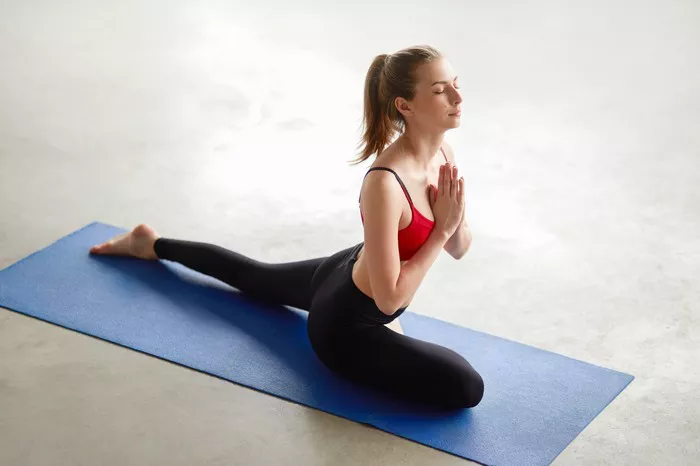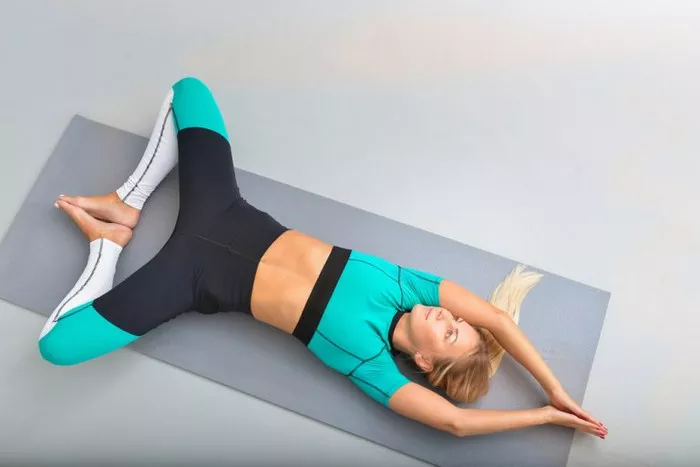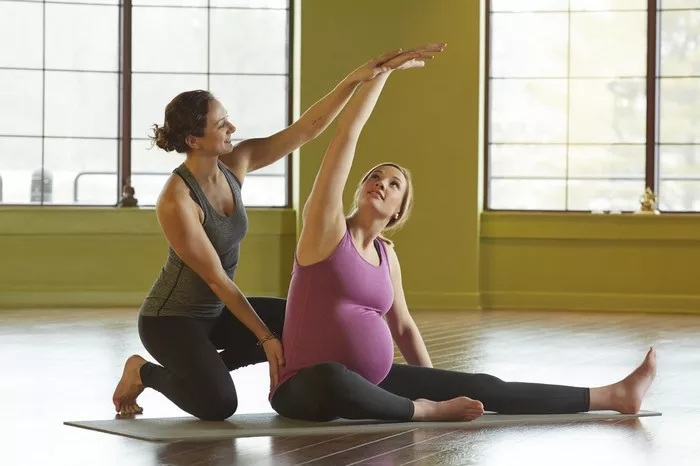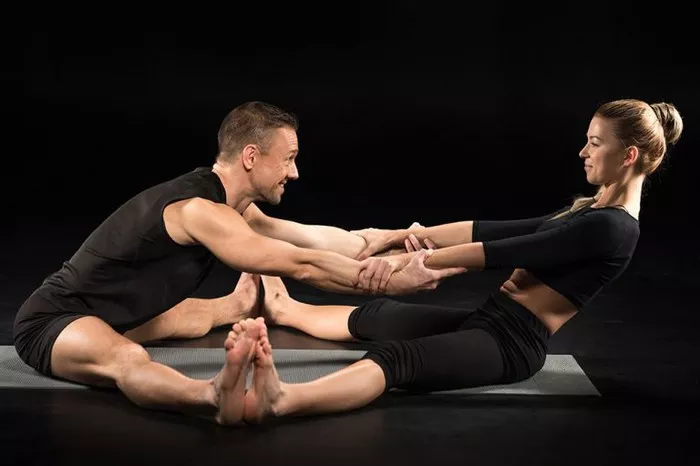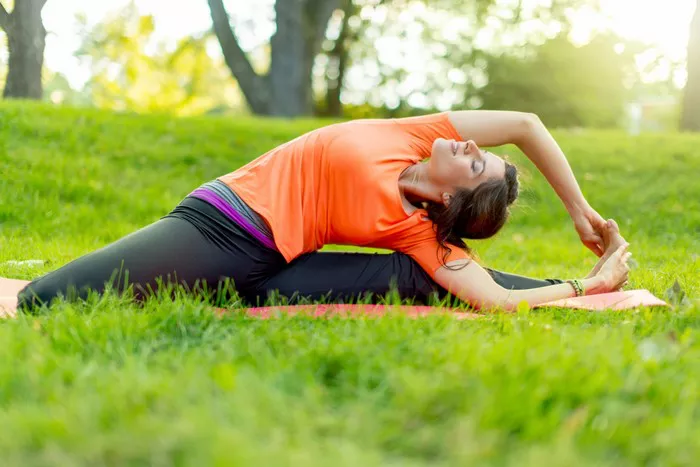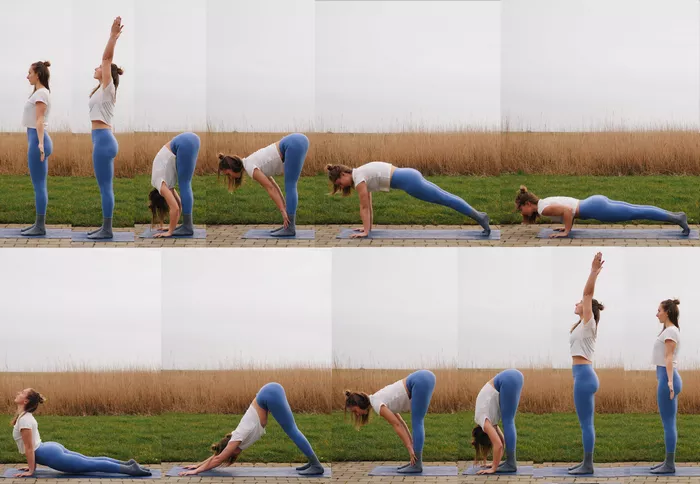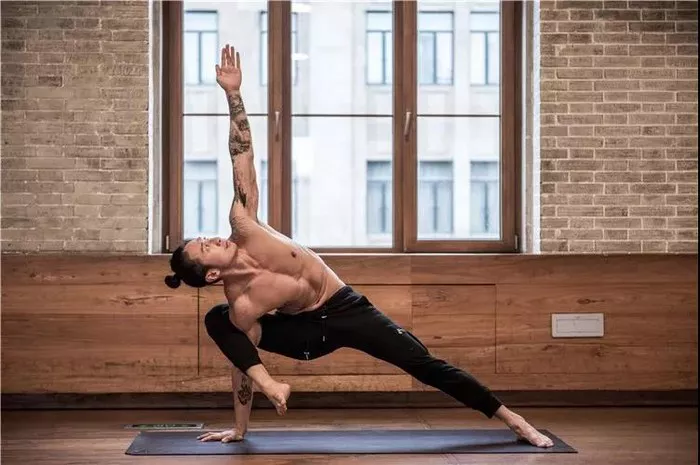As a yoga instructor with years of teaching experience, I’ve encountered a wide range of questions from students, one of the most common being whether the popular “downward dog” pose can be harmful to the lower back. It’s a great question, and one that requires a thoughtful response. Let’s explore the anatomy of the pose, its benefits, potential risks, and how to ensure that it serves your body, especially the lower back, in the best possible way.
Understanding Downward Dog
Downward Dog, or Adho Mukha Svanasana in Sanskrit, is one of the foundational poses in yoga. It is frequently used as a transitional pose between other asanas, as well as a stand-alone stretch. In this pose, you form an inverted “V” shape with your body. Your hands and feet are placed on the mat, your hips are lifted, and your head is between your arms, with your ears aligned with your upper arms.
The Benefits of Downward Dog
Before diving into the potential risks, it’s important to acknowledge the many benefits of Downward Dog, especially for the lower back and overall posture. This pose has long been celebrated for:
Stretching and Strengthening the Back: Downward Dog lengthens the spine and helps to stretch out the muscles along the back of the body, from the calves to the shoulders. For many, it can be an excellent counterpose after activities that involve forward bending, such as sitting for long periods at a desk.
Engaging Core Muscles: When practiced correctly, Downward Dog helps engage the core, including the abdominals and obliques, which can provide better support for the lower back.
Improving Posture: By elongating the spine and opening up the chest, the pose can contribute to better posture, helping to reduce slumping or rounding of the back.
Relieving Tension: This pose can release tension, not only in the back but also in the neck, shoulders, and hips. This makes it particularly beneficial for those with a sedentary lifestyle or who suffer from tight muscles due to stress.
Enhancing Flexibility: Over time, practicing Downward Dog regularly can increase flexibility in the hamstrings, calves, and even the lower back, provided it’s done with care and proper alignment.
Potential Risks to the Lower Back
Despite its benefits, the question remains: Is Downward Dog bad for the lower back? The short answer is: it depends. When performed incorrectly or without proper awareness, Downward Dog can potentially strain the lower back. Here’s how:
Overarching the Lower Back: One of the most common mistakes in Downward Dog is allowing the lower back to collapse or over-arch. When you don’t engage the core properly or misalign your hips, you may put excessive pressure on the lower back. This can lead to discomfort or even injury over time.
Tight Hamstrings: If your hamstrings are tight, you may try to compensate by rounding the lower back in an attempt to reach the floor. This, too, can stress the lower back muscles and ligaments. Tightness in the hamstrings is common, especially for those who sit a lot during the day.
Lack of Core Engagement: The core plays a crucial role in supporting the lower back. If the core is not engaged in Downward Dog, the lower back may bear too much of the weight, which could lead to discomfort or injury.
Hyperextension of the Elbows or Knees: Hyperextension in the joints of the arms or legs can place unnecessary strain on the body. In Downward Dog, hyperextending the elbows or knees leads to instability, and this instability may travel to the lower back.
Inappropriate Use for Certain Conditions: People with pre-existing conditions such as herniated discs, sciatica, or chronic lower back pain may experience more discomfort from the pose. In such cases, modifications or avoiding Downward Dog altogether may be necessary.
Anatomy of the Lower Back
To better understand why these risks can arise, let’s examine the anatomy of the lower back, particularly the lumbar spine. The lower back consists of five vertebrae (L1-L5), and it is responsible for supporting much of the body’s weight. When you perform any movement, particularly one like Downward Dog that requires an extended spine, maintaining proper alignment and engaging the muscles of the core and legs is crucial for protecting the lumbar spine.
Spinal Alignment: In Downward Dog, you want to lengthen your spine, not over-extend it. Overarching or rounding the lower back will compress or overstretch the vertebrae, potentially leading to pain.
Core Activation: The muscles of the core—especially the transverse abdominis, multifidus, and obliques—play an important role in supporting the spine. A strong core helps keep the lumbar spine stable during movements like Downward Dog.
Hip Position: The position of the hips is also significant. If the hips are lifted too high, it can lead to a hyperextended lower back, while dropping the hips too low can result in a collapsed back. The goal is to find a balanced position with the hips in a neutral or slightly lifted state, engaging the core for support.
Legs and Hamstrings: Tight hamstrings can cause the pelvis to tilt backward, which rounds the lower back and strains the lumbar spine. Therefore, flexibility in the hamstrings is crucial for maintaining a safe and supportive position.
How to Protect the Lower Back in Downward Dog
It’s clear that Downward Dog offers several benefits, but it’s also important to practice it mindfully to protect the lower back. Here are some tips for keeping your spine healthy while practicing the pose:
Engage Your Core: Before even lifting into the pose, make sure to activate your core muscles. Engage your abdominals by drawing the navel in towards the spine, and maintain that engagement throughout the pose. This helps stabilize your lower back and pelvis.
Focus on Spinal Alignment: Aim to keep your spine long, rather than letting it collapse or arch excessively. Your head should be aligned with your upper arms, and your body should form a straight line from your hands to your hips to your heels. Avoid rounding or hyperextending your back.
Bend Your Knees: If your hamstrings are tight or you’re feeling discomfort in the lower back, consider bending your knees slightly. This helps take pressure off the hamstrings and encourages a neutral spine, reducing the risk of lower back strain.
Distribute the Weight Evenly: Ensure that the weight is evenly distributed between your hands and feet. Don’t rely too much on your hands or arms to support your body weight. The feet should press down firmly while lifting the hips up, helping to create a strong base of support.
Avoid Locking the Joints: Avoid locking your elbows and knees. Instead, keep a soft bend in the elbows and knees to allow the muscles to engage and avoid putting excess pressure on the joints, especially the lower back.
Use Blocks if Needed: If you have tight hamstrings or find it difficult to reach the floor with your heels, using blocks under your hands or feet can help make the pose more accessible. Blocks allow you to maintain the integrity of the pose without straining your lower back.
Listen to Your Body: Always pay attention to how your body feels. If you experience pain or discomfort in the lower back, come out of the pose and make adjustments. Never push yourself too hard in any yoga posture, especially one like Downward Dog that requires a lot of flexibility and strength.
Warm Up First: Like with any yoga pose, it’s important to warm up before attempting Downward Dog. Engaging in a few rounds of gentle cat-cow stretches, sun salutations, or other movements that stretch the back, hamstrings, and hips can prepare the body for the pose.
Consult a Healthcare Professional: If you have a pre-existing lower back condition, consult with a healthcare professional or an experienced yoga instructor before attempting Downward Dog. They can offer modifications or suggest alternative poses that may be more suitable.
When to Avoid Downward Dog
There are instances where it may be best to avoid Downward Dog altogether, especially if you have certain pre-existing conditions. These include:
Herniated Discs: If you have a herniated or slipped disc, performing Downward Dog may exacerbate the condition by creating more pressure on the discs in your lower back.
Sciatica: If you have sciatica or lower back nerve pain, the stretch in Downward Dog may irritate the sciatic nerve and worsen your symptoms.
Chronic Lower Back Pain: Individuals with ongoing lower back pain may need to avoid or modify Downward Dog to prevent exacerbating the discomfort.
Pregnancy: Pregnant women, especially in the later stages, should avoid or modify Downward Dog, as the position may place too much strain on the back and pelvis.
Conclusion
Is Downward Dog bad for the lower back? In short, no—provided it’s practiced correctly with proper alignment and core engagement. Like any yoga pose, Downward Dog can be a wonderful tool for stretching, strengthening, and relieving tension in the body. However, if practiced incorrectly, it can indeed place undue stress on the lower back, leading to discomfort or injury.
The key is to approach the pose with mindfulness and to listen to your body. By incorporating modifications, engaging your core, and maintaining proper alignment, you can ensure that Downward Dog becomes a safe and effective part of your yoga practice—allowing you to experience all the benefits without harming your lower back.
As always, if you have any concerns about your lower back or other health conditions, it’s advisable to seek guidance from a qualified yoga instructor or healthcare professional.
Related topics

